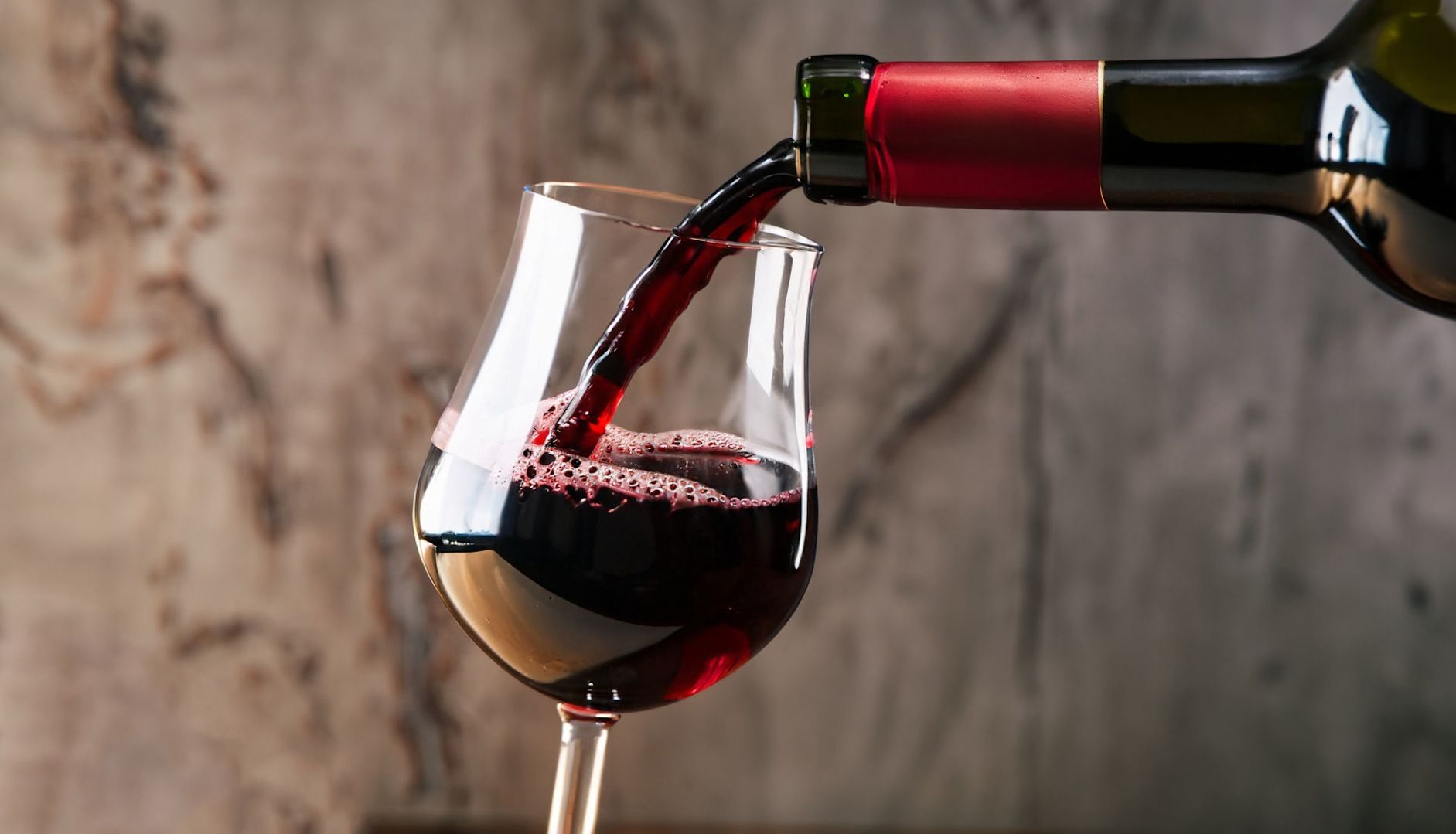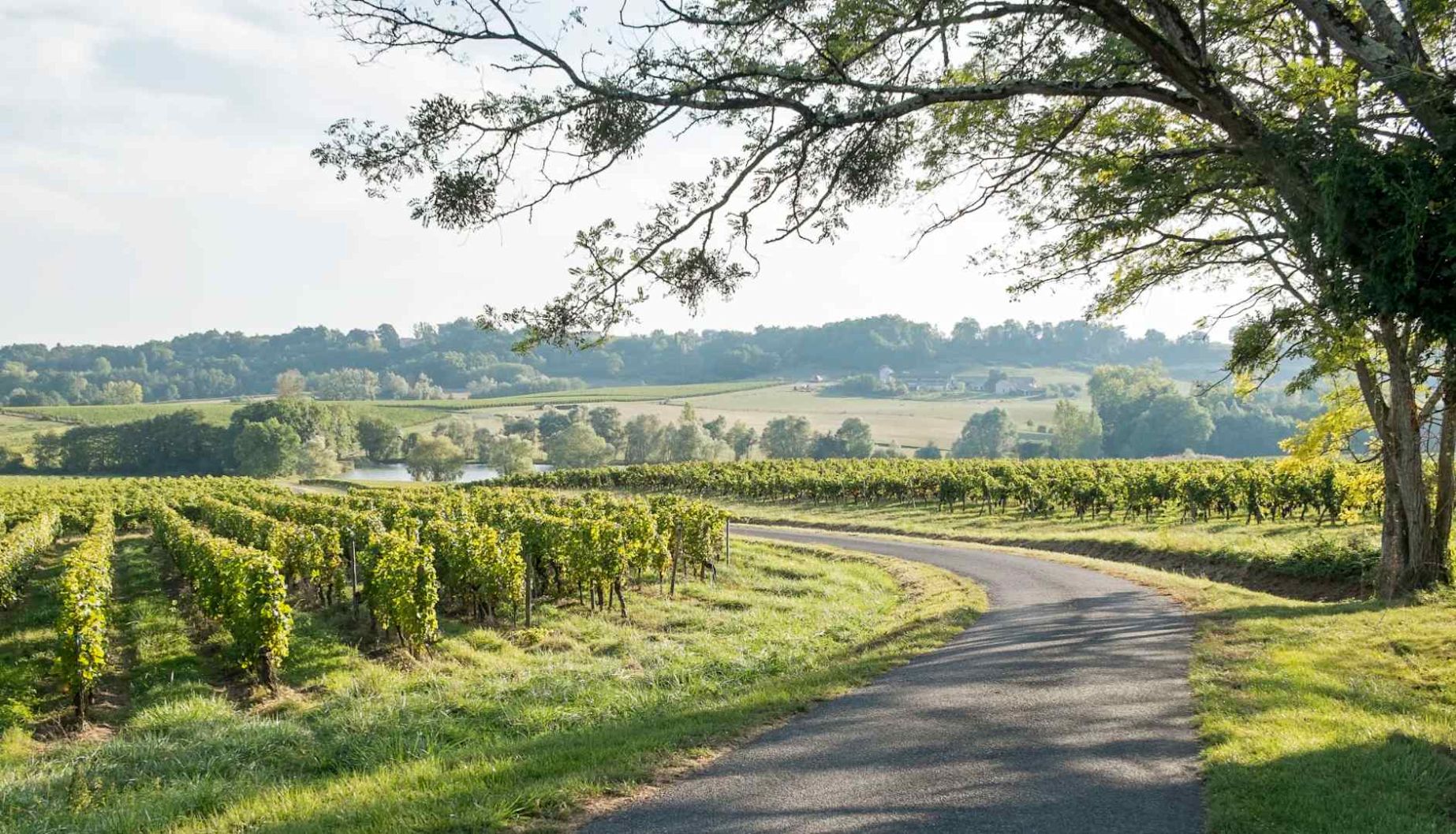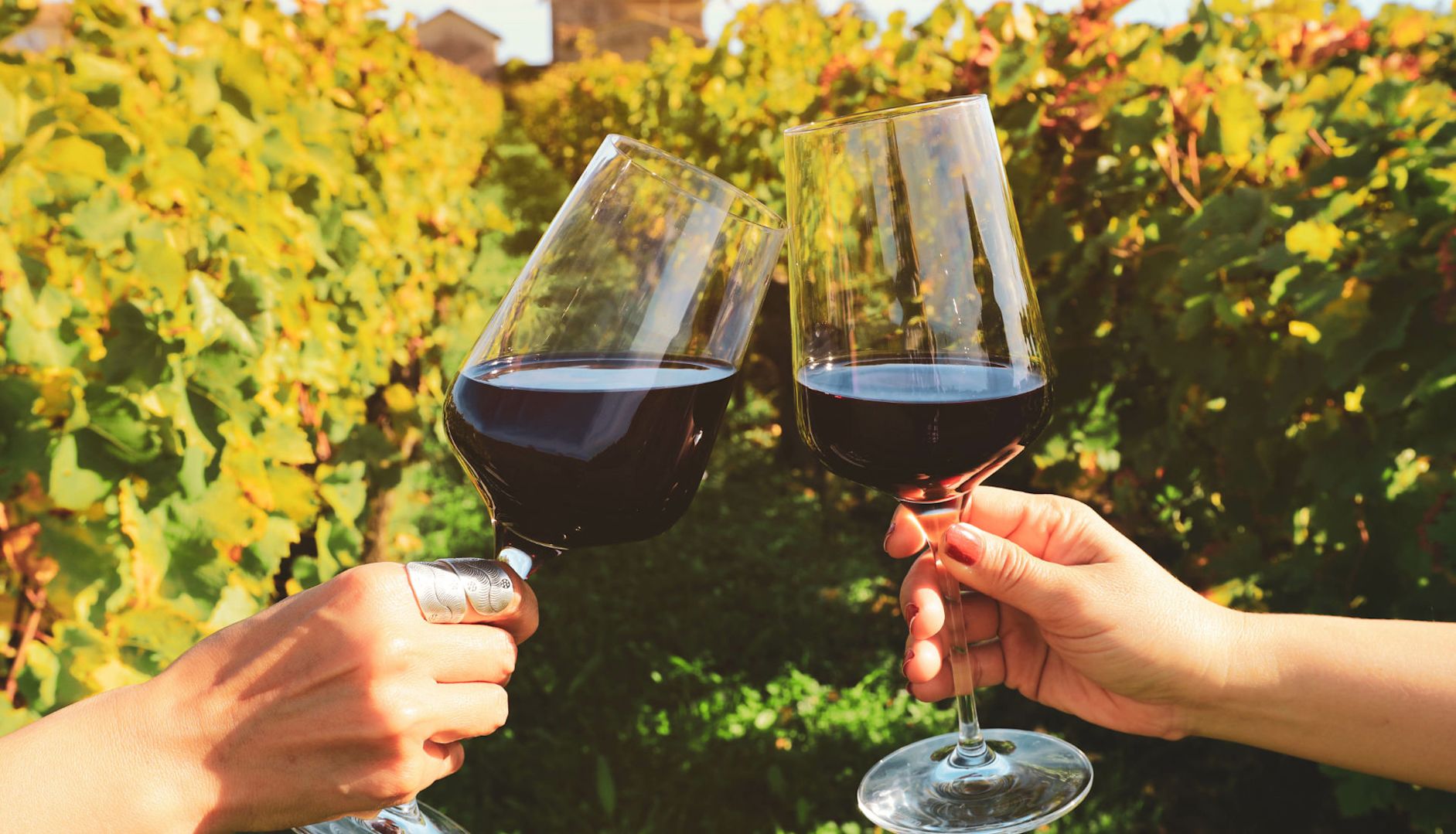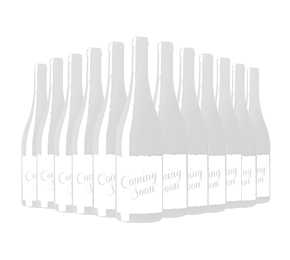Chat with Vinny
Bordeaux is home to some of the most sought-after red wines on the planet – famous for their elegance, complexity and ability to age. While red wine rules the roost here (accounting for around 85% of total production), white, rosé and sparkling wine also fall under the French Bordeaux wines banner.
It’s hard for us not to love this corner of Southwest France. After all, it’s where we started. Having spent summers working in Bordeaux vineyards as a student in the ‘60s, Tony Laithwaite set about sourcing characterful claret to share with wine lovers in the UK. He founded Bordeaux Direct in 1969 and spent the following years collecting wines from Bordeaux (then all over France), and driving them back to the UK in his Ford van. The rest, as they say, is history. But back to Bordeaux …

Where French Bordeaux wines are made
Bordeaux is a wine lover’s dream, nestled near the Atlantic coast in the charming southwest of France, sprawling across over 110,000 hectares of vine-clad land. This renowned region makes over 600 million bottles of wine each year, ranging from your cosy everyday table wine to reds celebrated by wine connoisseurs worldwide. Fancy a trip back in time? Bordeaux’s winemaking journey began in 60 BC when the Romans realised the area’s perfect blend of maritime climate, profitable trading routes and fertile land made it a winemaking paradise.
Today, Bordeaux is a bustling hub of winemaking, hosting nearly 9,000 producers across 57 unique appellations. Thanks to the Atlantic Ocean’s embrace, the region enjoys a maritime climate with moderate winters and warm, and now, with global warming, sometimes unpredictable summers.
Divided by the Gironde estuary, Bordeaux offers two distinct wine experiences. Venture to the ‘Right Bank’, rich with clay and limestone soils, and you’re in Merlot country, home to legendary names like Petrus and Le Pin.
Explore the ‘Left Bank', and you’ll discover grand châteaux nestled in prestigious appellations such as Margaux, St. Julien, Pauillac, and St. Estèphe. On the Left Bank, Cabernet Sauvignon wears the crown, flourishing in gravel soils and blending with Merlot, Petit Verdot and Cabernet Franc.
The key appellations in Bordeaux
Saint-Estèphe is Bordeaux’s northernmost commune, and the wines from the area are known for their savoury, earthy character and tannic profile, resulting from a slightly cooler microclimate and a gravel/clay mix in the soil.
Home to Lafite, Latour and Mouton Rothschild, Pauillac is hallowed ground in Bordeaux. Benefitting from the natural drainage provided by its gravel soils, its wines offer an enviable balance of power, finesse, concentration and vivacity.
Saint-Julien has a fairly uniform gravel surface, including a complex clay and limestone soil layer that makes its wine production quite diverse.

The wines from Margaux are celebrated for their silkiness, floral perfume and unrivalled elegance. Home to First Growth Château Margaux, the area’s pebble-rich soils encourages deep root growth, which results in high-quality grapes.
Located just south of the city of Bordeaux, Pessac-Léognan is home to First Growth Château Haut-Brion. Its wines have a flinty character due to their mineral-rich gravel soils, where Cabernet, Sauvignon Blanc and Sémillon shine.
Located southeast of the city of Bordeaux, Graves takes its name from the deep, gravel-rich soils of the region. It’s renowned for its dry whites made from Sauvignon Blanc and Sémillon, as well as the sweet wine Sauternes.
Nestled on a limestone plateau on Bordeaux’s Right Bank, Saint-Emilion’s chalky-clay soils make it the perfect breeding ground for Merlot and Cabernet Franc. Its wines are prized for their finesse, fruity character and velvety tannins.
Pomerol, Bordeaux’s smallest appellation, is home to some of the most collectable wines in existence. Merlot is king here, and the region’s iron-rich clay soils show off the grape at its best via powerful wines of extraordinary depth.
Discover the famed Bordeaux blend
Replicated the world over, the classic Bordeaux blend is made from a combination of the region’s four leading red grapes – Cabernet Sauvignon, Merlot, Cabernet Franc and Petit Verdot – though Malbec and Carmenère sometimes make a cameo.
On the Left Bank, Cabernet Sauvignon dominates the blends, which boast alluring notes of blackcurrant, cedar, graphite, liquorice and mint, the best of which, with their firm structure and fine-grained tannins, are capable of ageing gracefully for many decades, and often don’t come into their own for at least ten years.

On the Right Bank, Merlot is the mainstay, often combined with Cabernet Franc for added freshness and a hint of bell pepper. Merlot blends are wonderfully plush and opulent with soft, silky tannins, offering notes of juicy cherry, plum and fig. The best can age for decades.
White Bordeaux wine, or Bordeaux blanc, is a dry white wine usually made from the dynamic duo of Sauvignon Blanc and Sémillon. Underrated on the world stage, Bordeaux blanc delivers a lot on the flavour front with its appealing notes of lemon, pineapple, peach and freshly cut grass, the most complex of which can age gracefully, developing smoky, creamy and tropical fruit notes over time.
The region’s sweet wines – Sauternes – are also made from Sauvignon Blanc and Sémillon grapes, which have been affected by ‘noble rot’, leading to flavours of apricots, honey, peaches, dried pineapple, marmalade and baking spices.
Understanding Bordeaux’s classifications
Bordeaux is classified in more detail than any other wine region, with its 57 appellations covered by five different classifications:
1855 Classification
Saint-Emilion Classification
Graves Classification
Cru Bourgeois Classification
Médoc Cru Artisans Classification
The most important of the five is the 1855 Classification, probably the most famous and influential wine classification in the world. Devised by leading Bordeaux brokers on the request of Napoleon III for the 1855 Exposition Universelle in Paris, 57 Médoc wines and one from Graves – Château Haut-Brion – were grouped into five quality levels based on their market price at the time.
At the top of the pyramid are the five First Growths: Lafite, Latour, Margaux, Mouton Rothschild and Haut-Brion. Beneath them, the remaining Classed Growths are divided up into Second, Third, Fourth and Fifth Growths, with châteaux release prices and market demand reflective of their positions within the hierarchy. Remarkably, only one change has been made to the classification since it was founded – the promotion of Mouton Rothschild from a Second to a First Growth in 1973.
Now featuring 61 estates due to several châteaux splitting into two, the importance of the 1855 Classification can’t be understated when it comes to sealing the reputations of the five First Growths, which remain in a league of their own when it comes to their investment appeal. However, demand has steadily grown among fine wine collectors for wines from ‘super’ second estates, such as Cos d’Estournel, Léoville-Las Cases and Ducru-Beaucaillou.
Buying Bordeaux en primeur
Collectors keen to snap up their favourite labels at a favourable price have the chance each year to buy Bordeaux’s top names ‘en primeur’ or while the wines are still ageing in barrel.
Buying en primeur means wine enthusiasts can purchase bottles between a year and 18 months before they are released onto the market. Buyers benefit from not paying duty or VAT until the wines are shipped to the UK and released from their bonded warehouse.
The en primeur system allows collectors and investors to secure highly sought-after Bordeaux releases at their lowest purchase price.
Shop Bordeaux 2022 en primeur wines.
How to serve Bordeaux wine
To truly appreciate the complexity, it’s worth paying a little extra attention to how you serve French Bordeaux wines. Here we uncork some top tips to make your Bordeaux experience truly memorable:
Temperature is key – Start by getting the temperature just right. A Bordeaux is best enjoyed at around 16-18°C. Too warm and the alcohol becomes pronounced. Too cold and you’ll mask its intricate flavours.
Decant before serving – Bordeaux wines, especially the reds, benefit greatly from decanting. This allows the wine to breathe, softening the tannins and letting the layered flavours blossom. Gently pour the wine into a decanter and let it rest for at least an hour.
Pairing with food – When it comes to pairing, Bordeaux wines are versatile companions at the dinner table. A robust red Bordeaux pairs splendidly with hearty dishes like steak and lamb, while a white Bordeaux complements lighter fare such as seafood and goat's cheese.
About the author
Sarah Turner
Sarah is a wine writer and editor with over 25 years’ experience in the world of wine. She began her career in retail, passing the WSET Level 4 Diploma, before becoming a supermarket wine buyer and finally finding her home in our creative team. Her love of food, wine and travel has taken her all over the world, but she has a soft spot for Portugal’s Douro Valley and the sherries and tapas bars of Andalucia.

